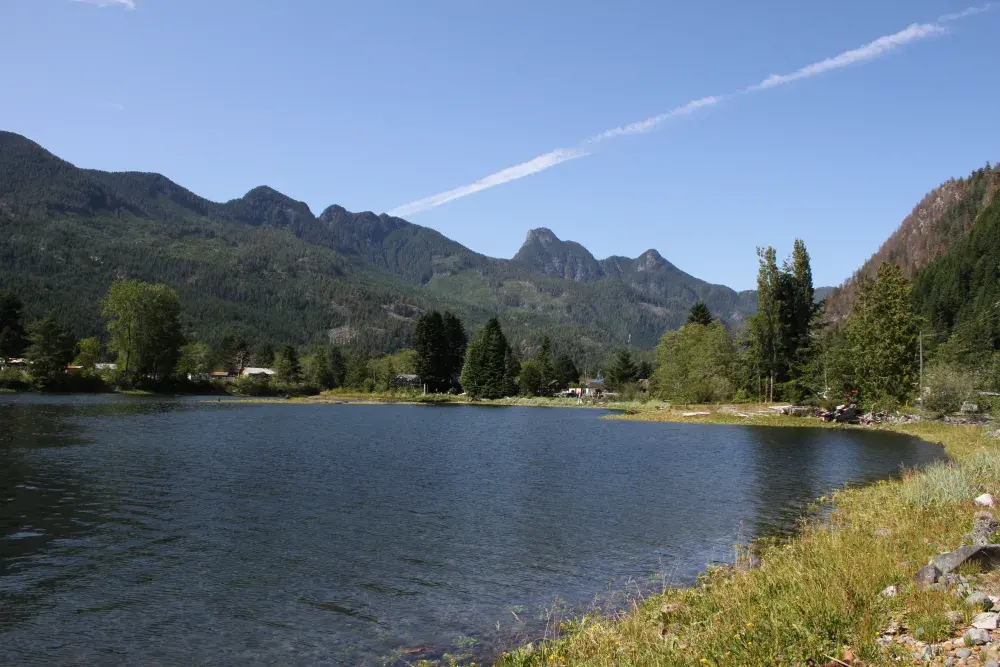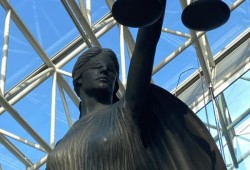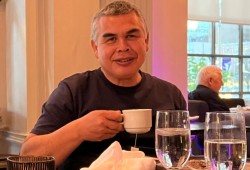There are 81 active mineral claims in Ehattesaht territory, but none of them will be mined without the First Nation’s permission after a provincial order came down this month.
Issued under B.C.’s Environment and Land Use Act, the order pauses mining activities and the issuance of new permits in the territories of the Gitxaala and Ehattesaht First Nations unless they agree to the activity. This also applies to the registration of new mineral claims in the territories.
According to the Ministry of Energy, Mines and Low Carbon Innovation, there hasn’t been any activity lately under the existing claims, so this order isn’t expected to cause any job losses.
“There is expected to be impact on another permit holder that is intending to start work and will now have to get Ehattesaht consent for a permit,” wrote the ministry in an email to Ha-Shilth-Sa. “Ehattesaht is willing to work with the proponent to that end.”
Issued by the province on March 7, this order is the latest development as British Columbia works to reform its Mineral Tenure Act to align the legislation with the Declaration on the Rights of Indigenous Peoples Act, which was passed in Victoria in 2019.
On Sept. 26, 2023 the B.C. Supreme Court made a ruling affecting mineral claims in the territories of the Gitxaala and Ehattesaht First Nations. Justice Allen Ross found that B.C.’s current mineral tenure regime goes against obligations in Canada’s Constitution Act to consult with First Nations over development in their territories. Mining without consent could adversely impact “areas of significant cultural and spiritual importance,” determined Ross.
The province’s system of granting mineral claims is still loaded with relics from 19th century British Columbia, a time when European expansion into Indigenous territories was encouraged by the colonialist government. Under the current system a mineral claim can be granted to any Canadian over 18 for a $25 fee. These certified “free miners” can then select cells from an online map for $1.75 a hectare, entitling them to the minerals therein.
Ehattesaht and Gitxaala asserted that this claim system goes against their inherent rights over their respective territories, which brought the case to court. Ehattesaht’s concerns began in 2018, when the First Nation alleged that Forest Crystals was overstepping its permits near Zeballos. New claims followed, and court records show that 10 per cent of the 94,336 hectares of Ehattesaht territory is under existing mineral claims.
In his ruling from last year Ross gave the province, First Nations and the mining industry 18 months to develop a new mineral claim process “that recognises the rights of British Columbia’s Indigenous people.”
But this didn’t cancel the existing claims, which brought an appeal from the Gitxaala and Ehattesaht.
The recent order has brought some interim resolution to the dispute, said Josie Osborne, B.C.’s mining minster.
“These interim measures mean that instead of ongoing litigation that could have far more significant and longer-term impacts on the sector, we are instead able to focus on our work together to reform the act, providing greater certainty to First Nations, industry and British Columbians,” stated Osborne in a press release.
“Ehattesaht has always preferred sitting down and working through issues over going to court,” said Ehattesaht Chief Councillor Simon John in the release. “In our view, these interim measures offer the province and industry the opportunity to sit down with us as we take on the hard work of finding both certainty and reconciliation for our territory.”
What the First Nation doesn’t want is a repeat of what it has been subject to in the past.
“Ehattesaht territory has a number of long abandoned workings which include tailing ponds, tailing mounds and exposed mine shafts that produce run off water,” stated a press release from the First Nation last fall.
“We have continually told the province and proponents that we are not against mining, but if you want to mine here, we have to find ways that keep our lands and waters healthy and that respect our rights and culture,” said John. “We know what bad mining looks like and we can’t go back there again.”
Much of this large-scale industrial activity ceased in the 1960s amid tougher environmental regulations, but the Ehattesaht’s mineral interests in the area date well before the 20th century. Court records reference journal entries from Captain Cooke in 1778, who mentioned carved quartz crystal being collected from the Ehattesaht.
“Ehattesaht had, and continue to have, strong concepts of property rights, territorial boundaries and governance,” wrote Ross in his ruling. “The oversight of the territory includes spiritual practices, which include reverence for crystals that are found within the territory.”



